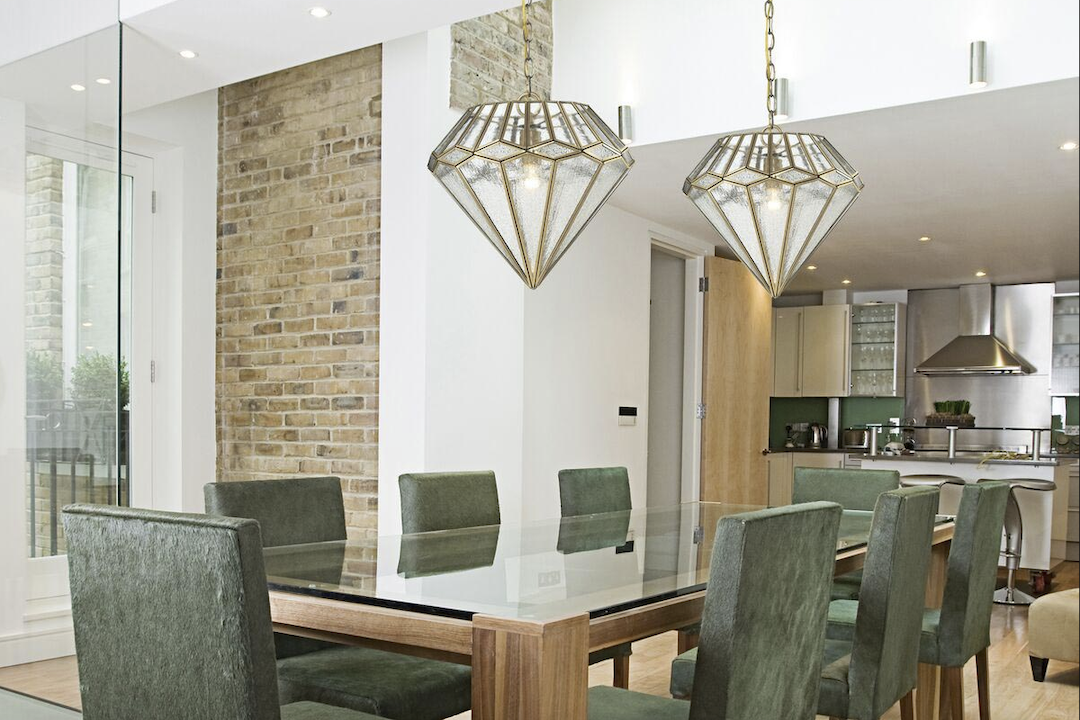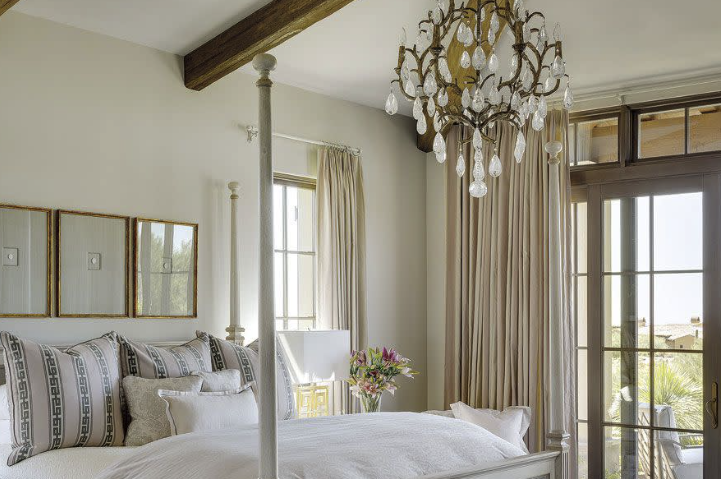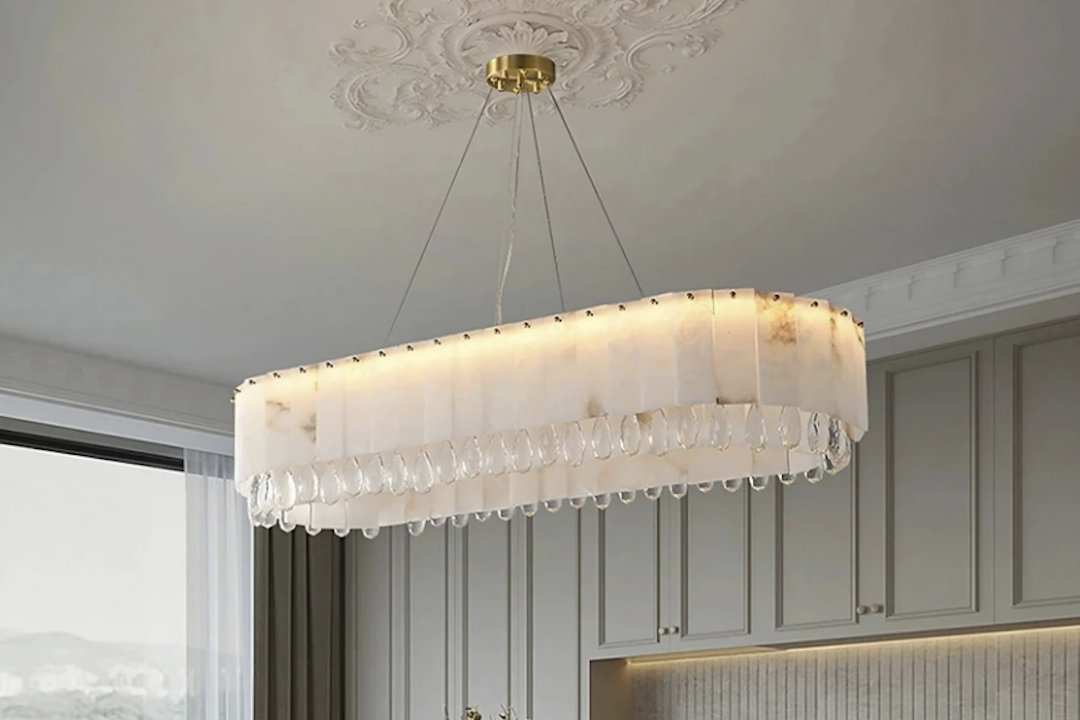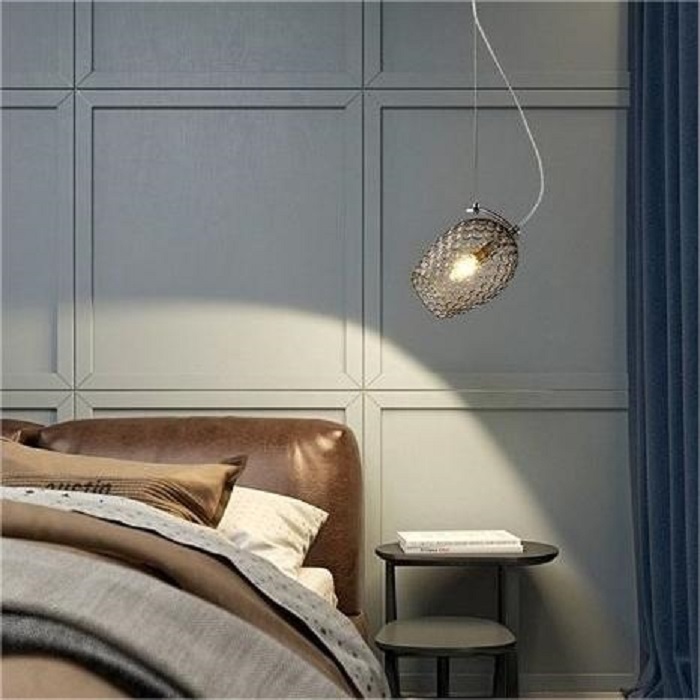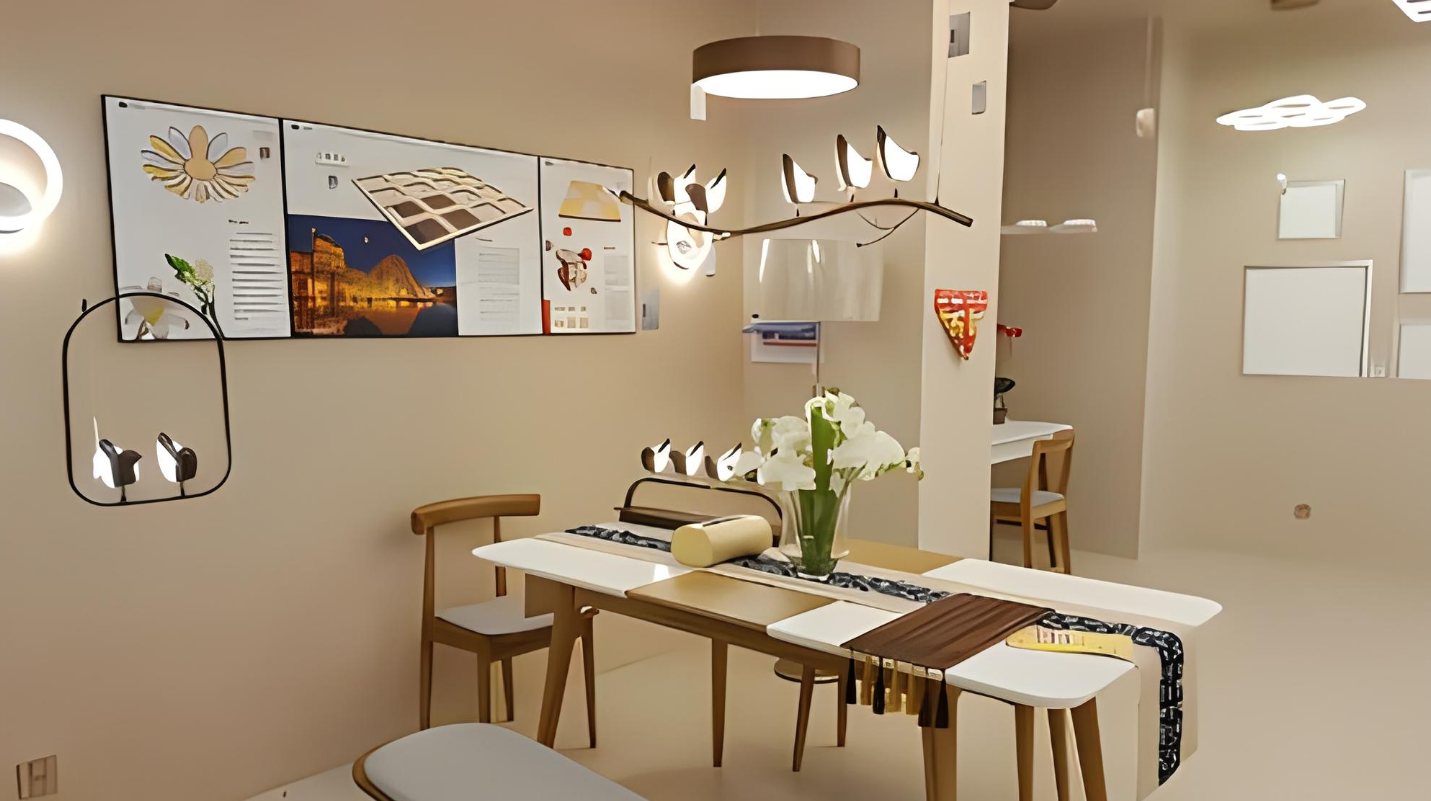Art Deco, a design movement that emerged in the early 20th century, is characterized by its bold geometric shapes, vibrant colors, and luxurious materials. The term “Art Deco” itself was derived from the Exposition Internationale des Arts Décoratifs et Industriels Modernes held in Paris in 1925, which showcased the latest trends in decorative arts. This period marked a significant shift in design philosophy, moving away from the ornate styles of the Victorian era and embracing a more streamlined and modern aesthetic.
Chandeliers, as a prominent feature in both residential and commercial spaces, underwent a transformation during this time, reflecting the broader cultural changes of the Roaring Twenties. The evolution of Art Deco chandeliers can be traced back to the influences of various artistic movements, including Cubism, Futurism, and Constructivism. These movements emphasized abstraction and the use of new materials, which were pivotal in shaping the Art Deco style.
Notable designers such as René Lalique and Émile-Jacques Ruhlmann played crucial roles in popularizing these lighting fixtures. Their innovative designs often incorporated motifs inspired by nature, such as flowers and animals, but rendered in a stylized manner that epitomized the Art Deco ethos. As the movement gained momentum throughout the 1920s and 1930s, chandeliers became symbols of opulence and sophistication, often found in grand hotels, theaters, and private residences.
Characteristics of Art Deco Chandeliers
Art Deco chandeliers Monotino are distinguished by their striking geometric forms and intricate detailing. Unlike their predecessors, which often featured elaborate ornamentation, Art Deco designs embraced simplicity and symmetry. The use of bold lines and angular shapes is a hallmark of this style, with many chandeliers featuring tiered structures or cascading elements that create a sense of movement.
This emphasis on geometry not only reflects the technological advancements of the time but also aligns with the broader Art Deco aesthetic that sought to harmonize form and function. Color plays a significant role in the visual impact of Art Deco chandeliers. While traditional chandeliers often relied on muted tones or crystal clear glass, Art Deco designs frequently incorporate vibrant hues such as deep blues, rich greens, and striking reds.
These colors are often achieved through the use of stained glass or colored crystal, which adds depth and character to the fixtures. Additionally, many Art Deco chandeliers feature intricate patterns or motifs etched into the glass or metalwork, further enhancing their visual appeal. The combination of geometric shapes, bold colors, and meticulous craftsmanship creates a striking presence that can serve as a focal point in any room.
Materials and Finishes Used in Art Deco Chandeliers
The materials used in Art Deco chandeliers are as varied as their designs, reflecting the era’s fascination with innovation and luxury. One of the most common materials is glass, particularly in the form of crystal or molded glass. Artisans often employed techniques such as acid etching or sandblasting to create intricate patterns on glass surfaces, allowing light to refract beautifully and cast enchanting shadows.
This manipulation of light is a defining feature of Art Deco chandeliers, enhancing their allure and creating a dynamic interplay between illumination and design. Metals also play a crucial role in the construction of Art Deco chandeliers. Brass, bronze, and chrome are frequently used for their durability and aesthetic appeal.
These metals can be polished to a high shine or finished with patinas to achieve a more vintage look. The combination of metal with glass creates a striking contrast that is emblematic of the Art Deco style. Additionally, some chandeliers incorporate materials such as wood or stone, further diversifying their appearance and texture.
The thoughtful selection of materials not only contributes to the overall design but also reflects the craftsmanship that defines this iconic style.
How to Incorporate an Art Deco Chandelier into Your Home
Incorporating an Art Deco chandelier into your home can elevate your interior design by adding a touch of elegance and sophistication. When selecting a chandelier, consider the scale of your space; larger rooms can accommodate grander fixtures with multiple tiers or elaborate designs, while smaller spaces may benefit from more understated pieces that still capture the essence of Art Deco style. Placement is also key; hanging a chandelier above a dining table or in an entryway can create a dramatic focal point that draws the eye upward.
To enhance the Art Deco aesthetic throughout your home, consider complementing your chandelier with other design elements that reflect this style. Geometric patterns in wallpaper or textiles can create a cohesive look when paired with an Art Deco chandelier. Additionally, incorporating furniture pieces with clean lines and bold colors will help to unify your space.
Accessories such as mirrors with geometric frames or sculptures inspired by the era can further enhance the overall ambiance. By thoughtfully curating your decor around the chandelier, you can create an inviting atmosphere that pays homage to this timeless design movement.
Maintenance and Care for Art Deco Chandeliers
Maintaining an Art Deco chandelier requires attention to detail to preserve its beauty and functionality over time. Regular dusting is essential to prevent buildup on both glass and metal surfaces. A soft microfiber cloth is ideal for gently wiping down the fixture without scratching delicate finishes.
For more thorough cleaning, especially for crystal components, it is advisable to use a mixture of warm water and mild soap. Avoid harsh chemicals that could damage the finish or etching on glass surfaces. Electrical components should also be inspected periodically to ensure safety and performance.
Check for any frayed wires or loose connections, which can pose fire hazards. If you notice flickering lights or other electrical issues, it may be prudent to consult a professional electrician who has experience with vintage lighting fixtures. Additionally, replacing bulbs with energy-efficient options can help reduce energy consumption while maintaining the chandelier’s luminous quality.
By taking these steps to care for your Art Deco chandelier, you can ensure it remains a stunning centerpiece for years to come.
Where to Find Authentic Art Deco Chandeliers
Finding authentic Art Deco chandeliers can be an exciting journey for collectors and enthusiasts alike. Antique shops and vintage markets are excellent places to start your search, as they often carry unique pieces that reflect the craftsmanship of the era. Estate sales and auctions can also yield hidden gems; attending these events allows you to discover chandeliers that may not be available through traditional retail channels.
Online platforms have become increasingly popular for sourcing authentic Art Deco lighting fixtures. Websites specializing in vintage decor or antique lighting often feature curated collections from various sellers. However, it is essential to verify the authenticity of any piece before making a purchase; look for detailed descriptions, provenance information, and high-quality images that showcase the chandelier’s condition and craftsmanship.
Engaging with reputable dealers who specialize in Art Deco design can also provide valuable insights into the history and value of specific pieces.
Art Deco Chandeliers in Contemporary Design
While rooted in history, Art Deco chandeliers continue to influence contemporary design trends. Many modern designers draw inspiration from the bold geometric forms and luxurious materials characteristic of this style while infusing it with contemporary sensibilities. This fusion results in innovative lighting solutions that pay homage to the past while remaining relevant in today’s design landscape.
Incorporating Art Deco elements into contemporary spaces can create a striking juxtaposition between old and new. For instance, a sleek modern dining room can be enhanced by an Art Deco chandelier that serves as a statement piece above the table. Similarly, minimalist interiors benefit from the addition of these ornate fixtures, which introduce texture and visual interest without overwhelming the space.
As designers experiment with scale and materiality, Art Deco chandeliers are reimagined in ways that resonate with modern aesthetics while celebrating their historical significance.
The Timeless Appeal of Art Deco Chandeliers
The enduring allure of Art Deco chandeliers lies in their ability to evoke a sense of glamour and sophistication that transcends time periods. Their distinctive designs capture the spirit of an era marked by innovation and creativity while remaining relevant in contemporary interiors. The combination of geometric forms, rich colors, and luxurious materials creates an aesthetic that appeals to both traditionalists and modernists alike.
Moreover, Art Deco chandeliers possess an inherent versatility that allows them to adapt to various design styles. Whether placed in a classic setting or integrated into a minimalist space, these fixtures add character and elegance without compromising their unique identity. As trends come and go, the timeless appeal of Art Deco chandeliers ensures they will continue to be cherished as symbols of artistry and craftsmanship for generations to come.

